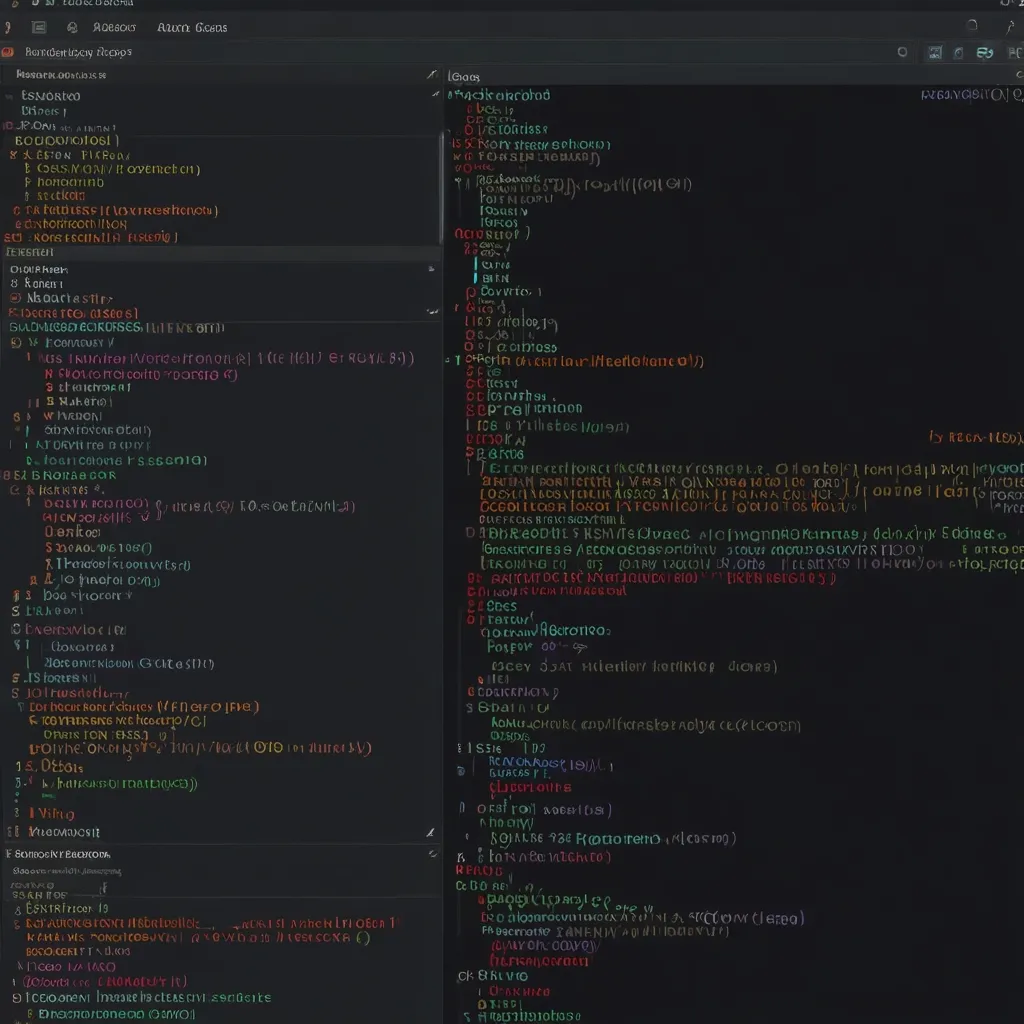Java 17 is here, and it’s bringing some sweet new features to the table that can really level up your coding game. If you’re tired of writing endless lines of code just to keep things neat and tidy, then sealed classes and records might be just what you need. These tools make your code more concise, easier to maintain, and safer overall.
Sealed Classes: Keeping It in the Family
First up, sealed classes. These are like the bouncers of your code—they decide who can and who can’t join the inheritance party. With sealed classes, you can specify which classes are allowed to inherit from them. This is killer for situations where you want to keep a tight lid on how your base classes are extended.
Imagine you’ve got a user system, and you want to make sure only certain user types exist. Here’s a taste of how you might do that:
public sealed class AbstractUser permits OnlineUser, OfflineUser {
// Common methods and fields for users
}
public final class OnlineUser extends AbstractUser {
// Specific methods and fields for online users
}
public final class OfflineUser extends AbstractUser {
// Specific methods and fields for offline users
}
In this setup, AbstractUser is a sealed class. Only OnlineUser and OfflineUser can extend it. No other rogue classes can sneak in. This keeps your inheritance hierarchy clean and predictable.
Perks of Sealed Classes
There are some decent perks to using sealed classes. For one, they bump up type safety by making sure all subclasses are known at compile time. This is super handy when you’re working with pattern matching in switch expressions. You can handle all possible cases in a more elegant and type-safe way.
Here’s how you might restrict types of configurations:
public sealed class MyLibraryConfig permits DesSecretKeyEntry, AesSecretKeyEntry, RsaPrivateKeyEntry {
// Common methods and fields for configurations
}
public final class DesSecretKeyEntry extends MyLibraryConfig {
// Specific methods and fields for DES secret key entries
}
public final class AesSecretKeyEntry extends MyLibraryConfig {
// Specific methods and fields for AES secret key entries
}
public final class RsaPrivateKeyEntry extends MyLibraryConfig {
// Specific methods and fields for RSA private key entries
}
This setup is like a gatekeeper—it ensures only specific configurations are allowed, making the code more predictable and easier to manage.
Records: Less Boilerplate, More Data
Next, we’ve got records. If you’ve been drowning in boilerplate code just to manage immutable data, records are like a lifeline. They offer a super-concise way to define classes that mainly hold data, making your codebase way cleaner and easier to maintain.
Here’s a straightforward example:
public record Location(double latitude, double longitude) {
// No need for getters, setters, or constructors; they are auto-generated
}
The Location record above automatically generates a constructor, getters for latitude and longitude, and even overrides methods like toString, equals, and hashCode. It’s like a Swiss Army knife for data classes.
Playing by the Rules
Now, there are some ground rules when it comes to records:
- Immutability: Records are final, and their fields are, too. Once created, their state can’t change.
- No Setters: Since they’re immutable, adding setters is a no-go.
- Matching Signatures: If you add any explicit methods or fields, their signatures must match the auto-generated ones.
- No Native Methods: Records can’t have native methods.
- Static Members and Nested Classes: Records can still have static members and nested classes and can implement interfaces.
Here’s how you might roll with these rules:
public record Coordinates(double latitude, double longitude) {
public double latitude() { return latitude; }
// This won't compile; type mismatch
// public String latitude() { return Double.toString(latitude); }
}
public record Transaction(String id, double amount) {
private static final Logger LOGGER = LoggerFactory.getLogger(Transaction.class);
public static record Status(String code, String description) { }
public record Book(String title, String author) implements Comparable<Book> {
@Override
public int compareTo(Book other) {
// Logic for comparison
}
}
}
The Best of Both Worlds
Sealed classes and records can team up to create some pretty powerful data models. Think about defining a sealed class hierarchy with records representing the individual data types.
Check this out:
public sealed class Tree<T> permits Leaf<T>, Branch<T> {
// Common methods and fields for trees
}
public final record Leaf<T>(T value) extends Tree<T> {
// Specific methods and fields for leaves
}
public final record Branch<T>(Tree<T> left, Tree<T> right) extends Tree<T> {
// Specific methods and fields for branches
}
In this setup, Tree is a sealed class extended by Leaf and Branch, which are both records. This gives a clear and type-safe way to represent tree data structures.
Putting It to Work
These new features aren’t just for show—they’ve got some solid real-world applications, especially in areas where data integrity and type safety are key. Let’s say you’re working on a configuration management system. Sealed classes can define allowed configurations, and records can represent each configuration type.
Here’s an example Spring Boot application config:
public sealed class FeatureConfig permits DatabaseConfig, SecurityConfig {
// Common methods and fields for feature configurations
}
public final record DatabaseConfig(String url, String username, String password) extends FeatureConfig {
// Specific methods and fields for database configurations
}
public final record SecurityConfig(String secretKey, String algorithm) extends FeatureConfig {
// Specific methods and fields for security configurations
}
By setting things up like this, you can ensure that only DatabaseConfig and SecurityConfig are used as feature configurations. This makes everything more manageable and easier to maintain.
Wrapping It Up
Java 17’s sealed classes and records are real game-changers. Sealed classes let you control inheritance more effectively, ensuring only specific classes can extend a base class. Records cut down the boilerplate for creating immutable data classes, making your codebase cleaner.
By combining these two features, you’ve got a robust, type-safe setup for your data models. Whether you’re doing configuration management, data processing, or something else, these features can help you write better, cleaner, and more efficient code.
Dive in and give them a spin—you’ll wonder how you ever coded without them!





